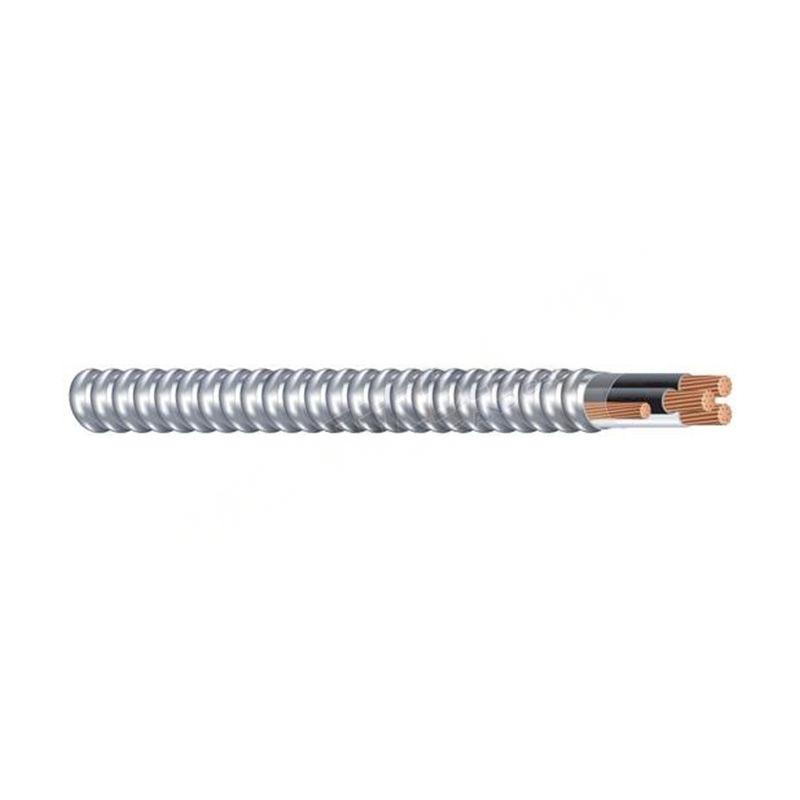ພ.ຈ. . 21, 2024 17:56 Back to list
pneumatic butterfly valve
Understanding Pneumatic Butterfly Valves An Overview
Pneumatic butterfly valves are essential components in various industrial applications, primarily used for regulating flow in piping systems. Leveraging the power of compressed air, these valves are designed with a rotating disc that allows for efficient flow control, making them ideal for both on-off and throttling applications.
What is a Pneumatic Butterfly Valve?
A pneumatic butterfly valve consists of a circular disc mounted on a shaft. As the valve opens or closes, this disc rotates around its axis, effectively controlling the flow of media through the pipeline. The main advantage of a butterfly valve lies in its compact design, which allows for lightweight construction and easy installation. These valves can be found in various sizes and materials, making them adaptable to diverse environments and systems.
Working Principle
The operation of a pneumatic butterfly valve is relatively straightforward. When the valve receives a signal from the pneumatic actuator, it either opens or closes based on the desired flow conditions. The actuator, powered by compressed air, moves the disc to a predefined position, thus either allowing media to flow freely or blocking it effectively. The quick response time of pneumatic actuators contributes significantly to the performance of these valves, enabling rapid adjustments to flow rates.
Advantages of Pneumatic Butterfly Valves
1. Space Efficiency Due to their slim profile, pneumatic butterfly valves occupy less space compared to other valve types, such as globe or gate valves. This attribute makes them particularly useful in installations where space is limited.
pneumatic butterfly valve

2. Low Torque Requirements The design of the disc allows for reduced torque requirements, which means that smaller and less powerful actuators can be used. This can lead to cost savings in both equipment and energy consumption.
3. Versatility Pneumatic butterfly valves are suitable for various applications, including water treatment plants, chemical processing, HVAC systems, and food and beverage production. They can handle a wide range of fluids, including liquids, gases, and slurries, depending on the materials used in construction.
4. Ease of Maintenance Since pneumatic butterfly valves have fewer moving parts compared to other valve types, they are generally easier to maintain. Routine inspections and maintenance typically require less time and effort.
Applications
Pneumatic butterfly valves are extensively used in industries such as oil and gas, pharmaceuticals, and wastewater treatment. In oil and gas applications, they control the flow of crude oil, natural gas, and other liquids. In the pharmaceutical industry, the precise flow control they offer is crucial to maintaining the integrity of sensitive processes. Meanwhile, in wastewater treatment, these valves help manage the flow of influent and effluent, contributing to efficient treatment processes.
Conclusion
Pneumatic butterfly valves represent a vital element in modern industrial systems, enabling effective flow management across various applications. With their compact design, low torque requirements, and versatility, these valves are increasingly becoming the go-to choice for engineers and operators alike. As industries continue to evolve, the demand for efficient, reliable flow control solutions like pneumatic butterfly valves will undoubtedly grow, underscoring their importance in maintaining operational efficiency and safety in diverse sectors. Understanding their functionality, advantages, and applications can help organizations make informed choices when it comes to their fluid control needs.
Share
-
priming-a-pump-with-a-foot-valve-with-strainerNewsAug.23,2025
-
the-importance-of-a-y-strainer-in-pump-protectionNewsAug.23,2025
-
stainless-steel-ball-check-valve-for-high-purity-applicationsNewsAug.23,2025
-
common-applications-for-wafer-type-butterfly-valvesNewsAug.23,2025
-
seat-options-for-a-12-inch-knife-gate-valveNewsAug.23,2025
-
the-lifespan-of-a-typical-dismantling-jointNewsAug.23,2025


